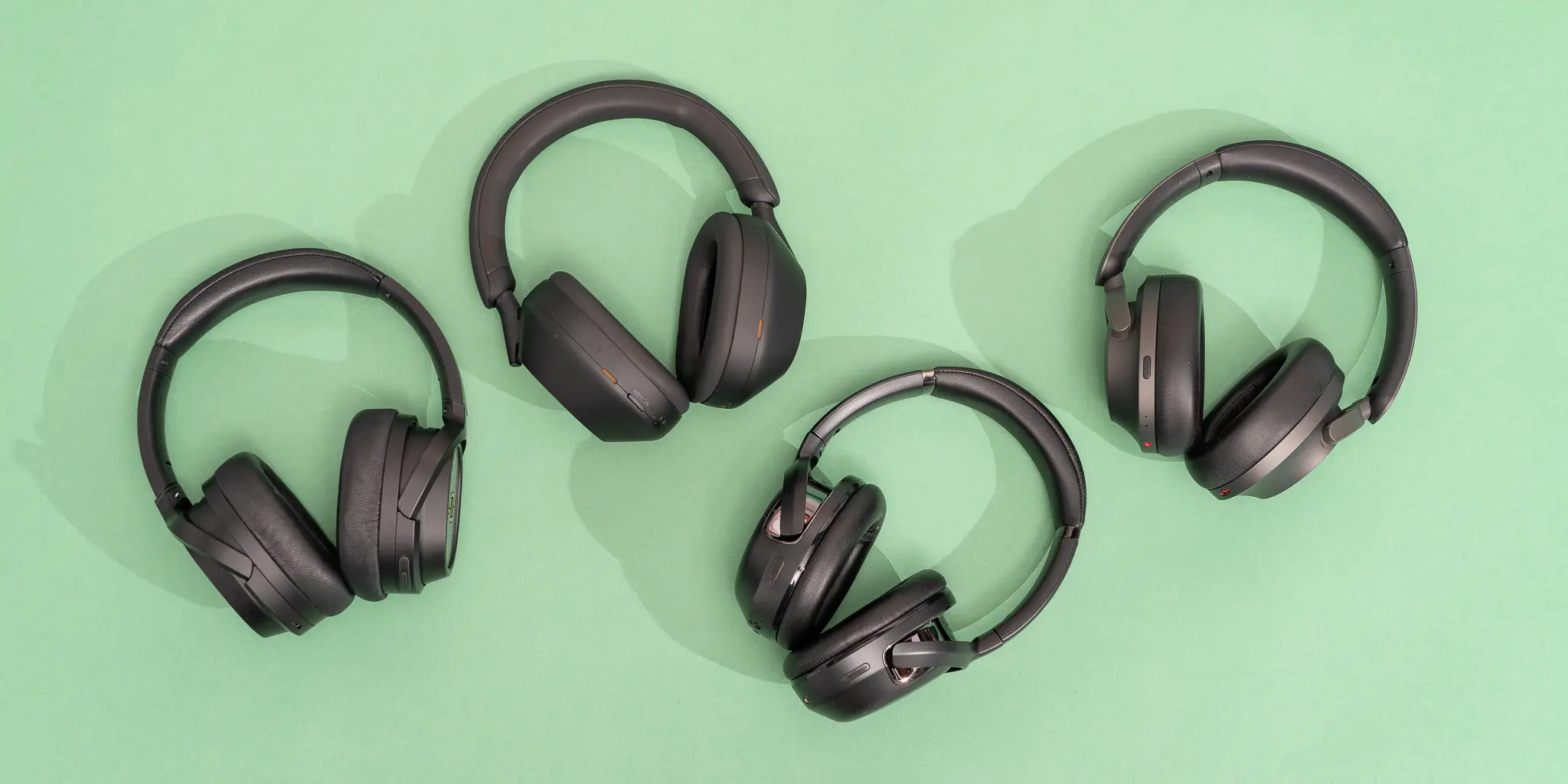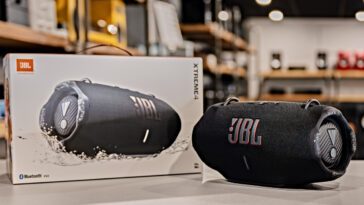Wireless headphones have become a staple for music lovers, commuters, and anyone seeking tangle-free audio freedom. But beyond the convenience, what truly sets a great pair of wireless headphones apart? It often comes down to a combination of audio quality and advanced features.
At Electronics Place, we’re here to help you understand the nuances of wireless headphones so you can choose the perfect pair for your listening pleasure.
The Foundation of Wireless Audio Quality
While wired connections traditionally offer the purest sound, wireless technology has made incredible strides. Here’s what impacts audio quality in wireless headphones:
- Bluetooth Codecs: This is the language your devices use to compress and transmit audio wirelessly.
- SBC (Subband Codec): The universal baseline. Every Bluetooth device supports it, but it offers basic audio quality.
- AAC (Advanced Audio Coding): Preferred by Apple devices and services like YouTube and Spotify. Offers better quality than SBC, especially with Apple products.
- aptX / aptX HD / aptX Adaptive (Qualcomm): Popular among Android users, offering improved sound quality and lower latency (especially aptX Low Latency for gaming/video). aptX HD pushes closer to “hi-res” audio.
- LDAC (Sony): One of the highest-quality Bluetooth codecs, capable of transmitting near hi-res audio data. You’ll need both a source device and headphones that support LDAC to benefit.
- LHDC (Low Latency High Definition Codec): Another high-quality, low-latency option, though less common than LDAC or aptX.
- Key takeaway: To get the best wireless audio, ensure both your source device (phone, laptop) and your headphones support the same high-quality codec. If they don’t, they’ll default to a lower common denominator like SBC.
- Driver Size and Type: The “speakers” inside your headphones. Larger drivers (e.g., 40mm, 50mm in over-ear headphones) can often produce a fuller, more dynamic sound with better bass response. The material and design of the drivers also play a significant role.
- Digital Signal Processing (DSP) & Tuning: Many wireless headphones use internal processing to shape the sound profile. This can enhance bass, clarify vocals, or create a more “spatial” audio experience. While some audiophiles prefer a “flat” or neutral sound, good DSP can make music sound more engaging for the average listener. Many companion apps also offer customisable EQ settings.
- Fit and Seal (for Passive Noise Isolation): Whether over-ear, on-ear, or in-ear, a good seal is crucial. It physically blocks out ambient noise, allowing you to hear your audio more clearly without cranking up the volume. This is called Passive Noise Isolation (PNC).
Advanced Features Enhancing Your Experience
Beyond pure audio quality, modern wireless headphones come packed with features designed for convenience and immersion:
- Active Noise Cancellation (ANC):
- How it works: ANC headphones use microphones to detect external sounds and then generate an “anti-noise” sound wave that cancels out the unwanted noise.
- Benefits: Highly effective at eliminating consistent, low-frequency sounds like airplane engines, bus hum, or office chatter. Ideal for commutes, travel, or focusing in noisy environments.
- Distinction from PNC: ANC actively cancels noise using electronics, while PNC passively blocks it through physical design. Many ANC headphones also offer excellent PNC due to their design.
- Transparency Mode (Ambient Sound Mode):
- How it works: Uses external microphones to pipe in ambient sounds, allowing you to hear your surroundings without removing your headphones.
- Benefits: Essential for safety when walking near traffic, hearing announcements at an airport, or having quick conversations.
- Battery Life:
- Wireless headphones vary widely in battery longevity. Over-ear headphones generally offer longer battery life than true wireless earbuds due to their larger size.
- Consider: How long you’ll use them between charges. Features like ANC consume more power, so battery life will be shorter when ANC is active. Fast charging capabilities are also a bonus.
- Multipoint Connectivity:
- Allows your headphones to be connected to two devices simultaneously (e.g., your laptop and your phone). This means you can seamlessly switch between watching a video on your laptop and answering a call on your phone without manually re-pairing.
- Comfort and Design:
- Over-ear: Offer excellent sound isolation and comfort for long listening sessions, but can be bulky.
- On-ear: More compact than over-ear, but may offer less isolation and comfort for some.
- True Wireless Earbuds: Most portable and discreet, but battery life is usually shorter and fit is crucial for sound quality.
- Consider materials (ear cushion padding, headband), adjustability, and overall weight for long-term comfort.
- Microphone Quality:
- Crucial for calls and video conferences. Look for headphones with multiple microphones and noise reduction technology for clear voice pickup.
Choosing Your Wireless Headphones at Electronics Place
With a wide selection of wireless headphones from leading brands like JBL, Sony, Anker, Oraimo, and more, Electronics Place is your go-to destination. Whether you prioritize crystal-clear audio, powerful noise cancellation for your commute, long battery life for travel, or seamless connectivity for work, we have a pair that’s perfect for you.
Our knowledgeable staff can help you navigate the features and understand which Bluetooth codecs are best suited for your devices and listening habits.
Experience the freedom of untethered, high-quality audio. Visit Electronics Place (electronicsplace.co.ke) today or contact us for expert advice and to explore our range of wireless headphones available across Kenya.



 No products in the cart.
No products in the cart.